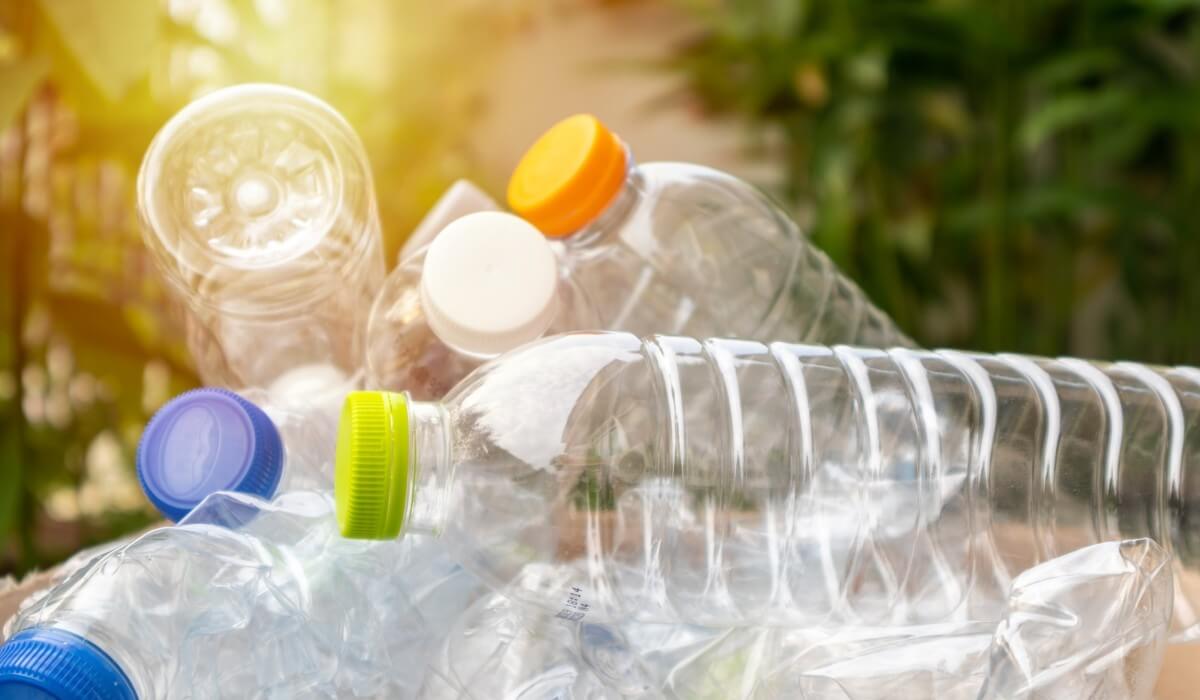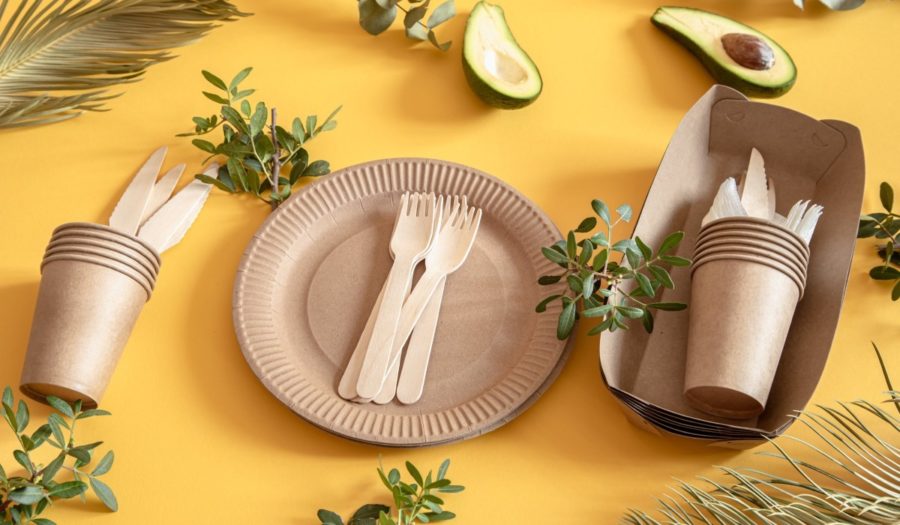
Bioplastic is aesthetically similar to plastic, but with a more ecological yield. The difference lies in the impact on the environment: bioplastics have the advantage of degrading in less time than plastic, which takes 10 to 30 years. But is bioplastic really a compostable and completely ecological material? Let's find out what they don't tell us about bioplastics and why they are not entirely ecological.
Bioplastic is a material with characteristics similar if not equal to those of plastic: light, resistant and versatile. However, its similarity with plastic is also a major point of attention: in fact, the end user could mistake it for ordinary plastic and then dispose of it together with the latter, compromising the recycling process.
Unlike plastic, which derives from oil refining, bioplastics are produced from natural materials, thus making them a renewable resource, after being treated in industrial composting centers equipped for the disposal of bioplastic polymers. However, most of the Italian composting centers are not equipped for the disposal of these polymers, so they end up being burned, thus nullifying the eco-sustainability of the material.
Unlike bioplastics, we now see some alternative materials that are truly and completely compostable. In fact, these materials, if produced correctly, can even be released into the environment, where they naturally decompose in just 3 months (in case of bagasse).

Wood is the ecological material par excellence. Using wood means avoiding using other materials that have a greater impact on the environment. Although the cutting of a tree immediately creates a local fracture in the cycle of life within the forest, it is equally true that responsible forest management can help keep it alive.
Bagasse or sugar cane fiber is derived from fibers of vegetable origin, and is a natural material extracted from the residue of the grinding and squeezing of sugar cane (after extraction of the juice). Sugar cane is a renewable raw material and can regrow 3 times a year.
The use of natural pulp (bagasse) is ideal for the production of disposable tableware and high-performance and eco-friendly packaging.
The paper is made from a paste made up of a mix of maple, birch and poplar. Paper is a biodegradable, recyclable, compostable and renewable material. It can be reintroduced into production processes up to countless times and most of the process residues are recoverable.
Bioplastic is compostable, but to activate the process it needs to be brought to high temperatures in an equipped industrial composting center, therefore it is not entirely ecological. Furthermore, non-biodegradable bioplastics, such as bio-polyethylene, will accumulate and persist in the environment like classic plastics if they are not handled and recycled properly.
This is why SignorBIO undertakes to use only natural materials for all its disposable products: wood, sugar cane fiber (bagasse) and paper.
Visit our catalog to discover all our 100% eco-sustainable references.